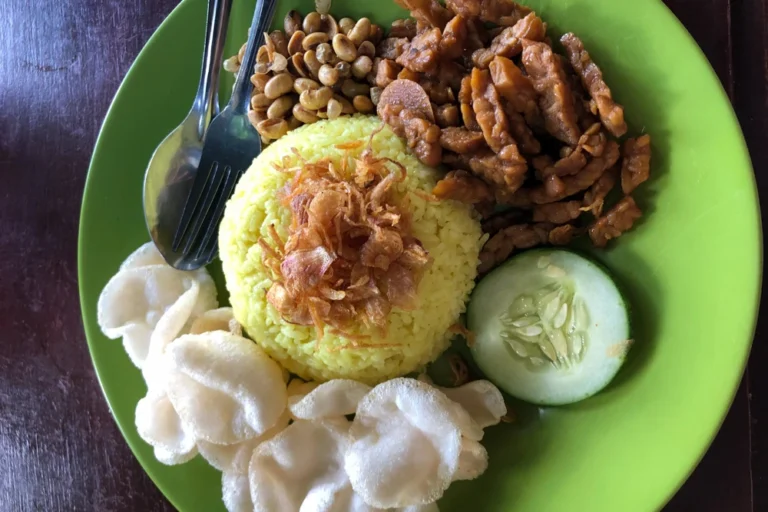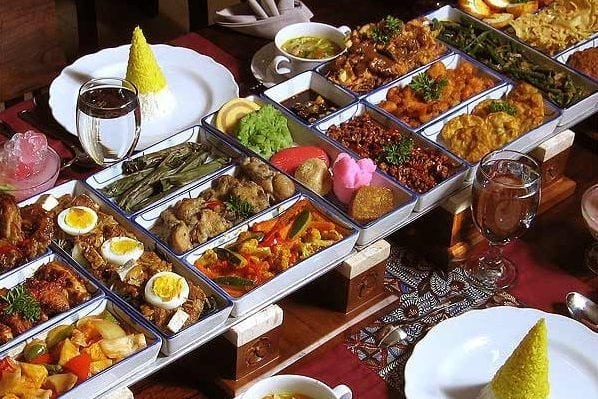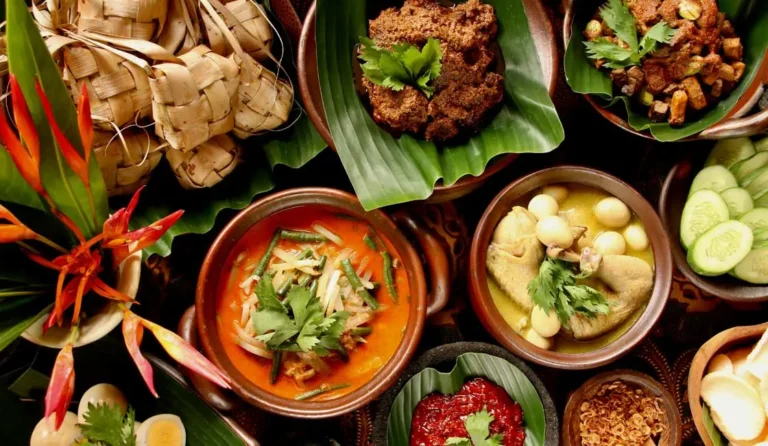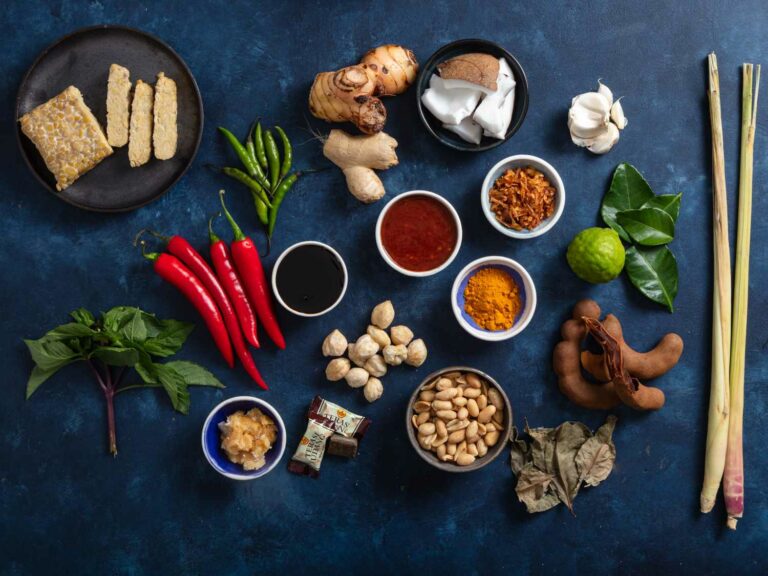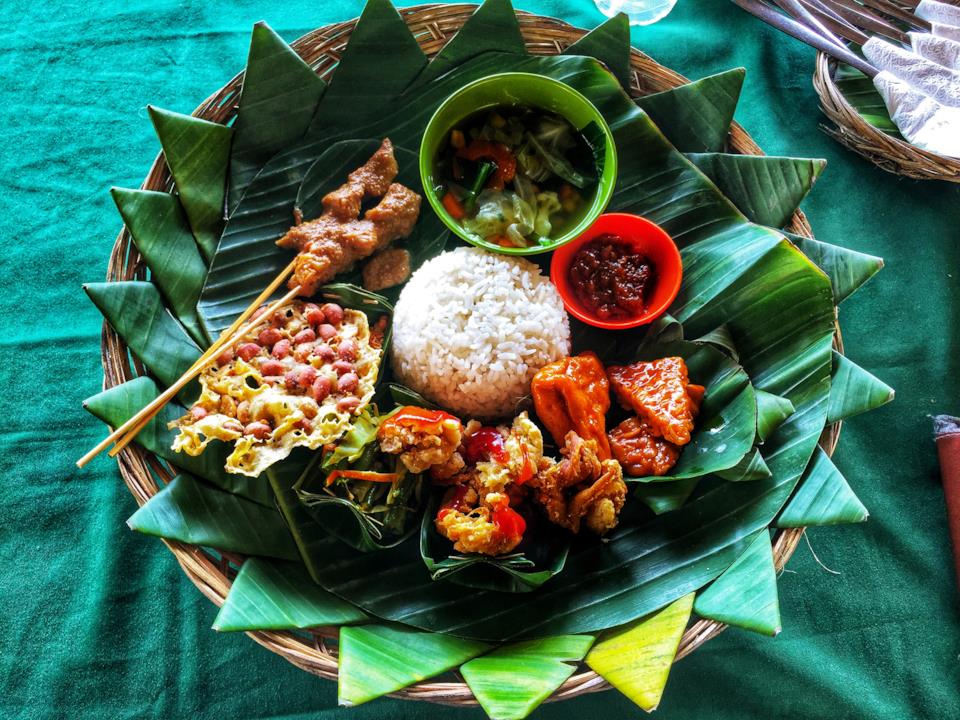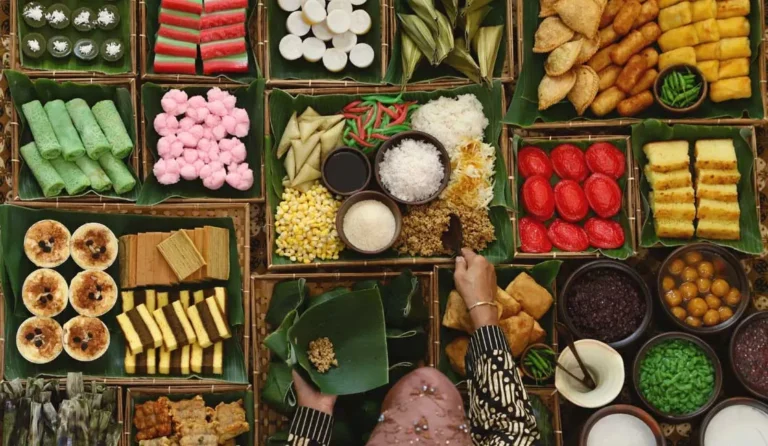Introduction to Indonesian cuisine
Indonesian cuisine is a diverse and flavourful cuisine with a wide range of traditional dishes. It is a blend of Chinese, Indian, and European influences, but with a unique twist. Indonesian cuisine is known for its use of rich spices and herbs, which give it a distinct flavour and aroma. Rice is a staple food in Indonesia, and most dishes are served with it.
Vegetarianism in Indonesia
In Indonesia, vegetarianism is not as common as in other countries. However, there is a growing trend towards vegetarianism as people become more health-conscious, environmental concerns, and ethical reasons. Vegetarian options are available in many restaurants, and vegetarianism is becoming more widely accepted. In Indonesia, vegetarianism is known as “sayur-mayur,” which translates to “vegetables and greens.”
Common vegetarian dishes in Indonesian cuisine
Gado-gado is a popular Indonesian dish that is vegetarian-friendly. It is a salad made with boiled vegetables, tofu, tempeh, and peanut sauce. Another favourite is Nasi Goreng, which is fried rice with vegetables, eggs and spices. This dish can be found almost anywhere in Indonesia and is often served with vegetarian sides. Vegetable soup or “sop sayur” is another popular vegetarian dish that is served in most Indonesian households.
Tofu and tempeh in Indonesian cuisine
Tofu and tempeh are staples in Indonesian cuisine. Tofu is made from soybeans, and tempeh is a fermented soybean cake. These two ingredients are used in most vegetarian dishes in Indonesia. They are a great source of protein and are often seasoned with spices to give them a rich flavour.
Spices used in vegetarian Indonesian dishes
Indonesian cuisine is known for its use of spices and herbs. Some of the most common spices used in vegetarian dishes include turmeric, coriander, ginger, garlic, and chili peppers. These spices are used to add flavour and aroma to dishes and are believed to have health benefits. Vegetarian dishes in Indonesia are often spicy, so be prepared for some heat.
Where to find vegetarian Indonesian food
Vegetarian options can be found in most restaurants that serve Indonesian cuisine. Some restaurants specialize in vegetarian food, and it is worth seeking them out. In large cities such as Jakarta, there are many vegetarian restaurants that serve a variety of Indonesian dishes. If you are not sure which dishes are vegetarian, just ask the waiter or chef. They are usually happy to accommodate your dietary requirements.
In conclusion, Indonesian cuisine offers a variety of vegetarian options for those who are vegetarian, vegan, or simply looking to eat more plant-based meals. Tofu, tempeh, and a wide range of spices are used to create delicious and flavourful vegetarian dishes that are both healthy and satisfying. Whether you are in Indonesia or looking to try Indonesian cuisine at home, there are plenty of vegetarian dishes to choose from.




